8+ Sample Accounting Training Proposal
-
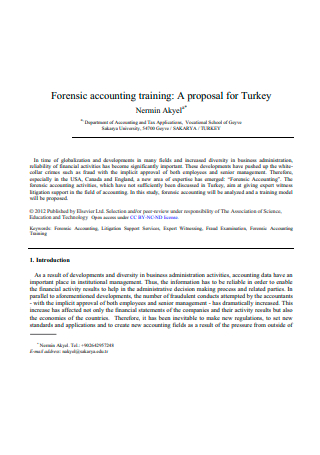
Forensic Accounting Training Proposal
download now -
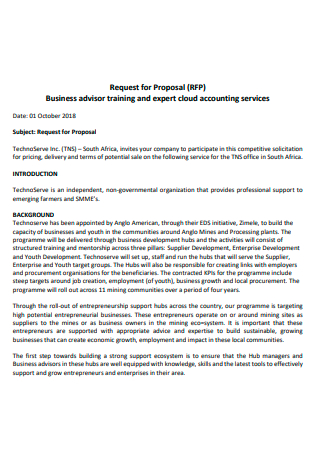
Accounting Services Training Proposal
download now -

Accounting Training Proposal Example
download now -
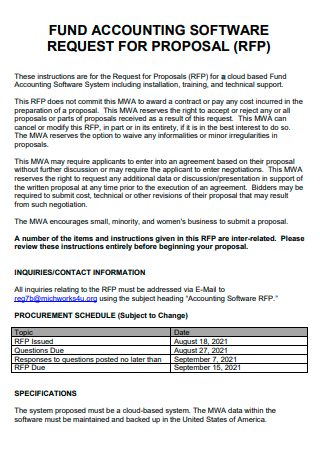
Accounting Software Training Proposal
download now -
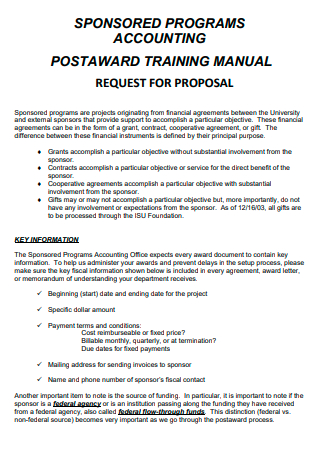
Programs Accounting Training Proposal
download now -
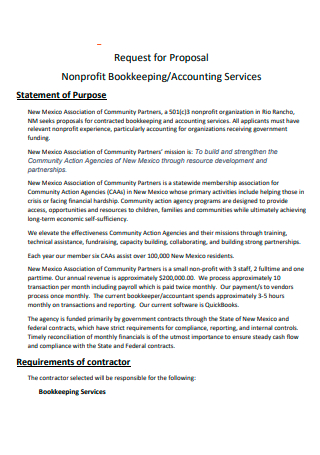
Non Profit Bookkeeping Accounting Training Proposal
download now -
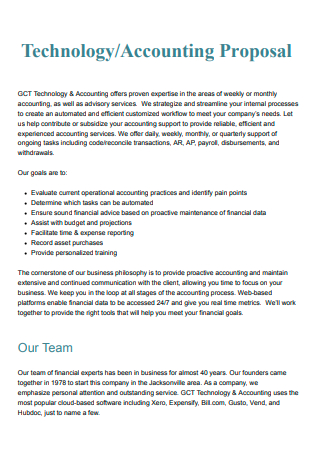
Technology Accounting Training Proposal
download now -

Accounting Workshop Training Proposal
download now -
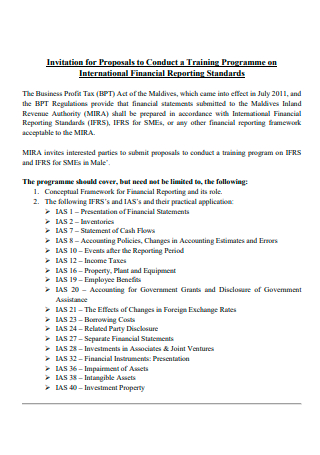
Accounting Training Programme Proposal
download now
FREE Accounting Training Proposal s to Download
8+ Sample Accounting Training Proposal
What Is an Accounting Training Proposal?
Accounting Training Proposal: What’s Inside?
Steps in Writing an Accounting Training Proposal
FAQs
What is forensic accounting?
What is the main responsibility of a financial accountant?
Why is accounting important for investors?
What Is an Accounting Training Proposal?
Before that, let’s define what is accounting first. Accounting is the process through which your company records, organizes, and comprehends its financial data. Accounting, in its broadest sense, is the practice of documenting financial transactions relevant to a firm. Accounting entails summarizing, evaluating, and documenting these activities to different organizations, regulators, and tax collecting agencies. Accounting and bookkeeping are not the same things, even though they are both concerned with keeping your financial records in order. This is because bookkeeping is primarily concerned with recording daily financial transactions and activities.
An accounting training proposal is a business document that is provided by companies that offer a path for career developments in accounting for clients with experience and can also be used to provide accounting training to potential clients. Such accounting training sessions might be held by the firm itself internally, which needs an accounting training proposal done for that kind of purpose. This paper is intended to persuade potential clients to enroll in accounting training or career development services. Additionally, this document is essential for businesses to get started with familiarizing themselves with accounting services, whether the training is done in-house or externally.
Accounting Training Proposal: What’s Inside?
When you start making an accounting training proposal (or any training proposal for that matter), here are the most important elements that you should keep in mind:
Steps in Writing an Accounting Training Proposal
Training employees is a core part of the success of a business, even more so if the business concerned involves accounting jobs, which can tend to get really tedious, time-consuming, and difficult. Prior to deciding that a training program needs to be conducted, a training proposal for accounting needs to be reviewed first. But how do you create one? Here are the steps to follow:
1. Set the Training Goals
The first step that needs to be done when creating an accounting training proposal is to establish the training goals. An accounting training proposal can assist a company in determining whether or not to invest in an accounting training program. This step must address the organization’s goal of having an accounting training session. For example, if the recognized problem is the inefficiency of accounting record-keeping, the objective should be to build new ways for enhancing the company’s accounting record-keeping. The essential thing to remember in this phase is to tie the goal to the business’s operations rather than the training topic.
2. Emphasize on the Company Benefits
After setting the training goals, it’s time to place an emphasis on the company benefits that can be gained in this step. When creating a proposal for an accounting training program, it is crucial to focus on the organization’s advantages rather than the training’s capabilities. Remember that any form of training program may cost the organization a significant amount of money, so they must guarantee that they’re seeing a payoff. When explaining your training in the proposal, discuss how it will benefit the firm when it is implemented. For example, if record-keeping is an issue in your organization, explain how the training will help staff to devise better methods of record-keeping. Furthermore, if you have evidence to support your arguments, provide it in the benefits component of your training proposal.
3. Provide Options for Training
After emphasizing the benefits that the training program can do to the accounting company, proceed to this step. In this step, provide training options that the accounting company can choose. This is done because unless you have a firm grasp on the company’s training budget and resources, it’s a good idea to provide a number of accounting training program possibilities. When providing options, you can choose to provide pricing or time-based choices. You may provide a high-cost or low-cost alternative, as well as options for single-day or multi-day training programs. Furthermore, you might propose several training delivery techniques. A pre-recorded video training seminar may be preferred by the company over a live training seminar. When you provide the organization alternatives, they may choose the best training approach for their scenario and budget.
4. Create an Evaluation Plan
After giving the accounting company a variety of options for training methods and letting them decide on their choice, proceed to this step, which also serves as the final one. An evaluation plan should be included in your accounting training proposal. It is, by definition, a document that specifies how you expect to monitor and assess your program (in this example, an accounting training program), as well as how you aim to use evaluation data for program improvement and decision making. The methods in which you can assess if the training has met the goals that the firm set out to do, as well as the ways in which you can gauge the success of the training, are factors that must be addressed while developing the evaluation strategy in this stage. It is critical to bring your evaluation strategy back to the company’s main aim for the training and the advantages you have promised them while writing this section.
FAQs
What is forensic accounting?
Forensic accounting is defined as an accounting method that is used to analyze individuals’ or enterprises’ financial records. When certain financial information is missing or unavailable for inspection, accountants may be required to reconstruct it. The purpose of forensic accounting is to collect all available evidence and account for all activities in financial statements accurately and completely. These experts are frequently involved in legal matters involving fraud, claims, and conflicts.
What is the main responsibility of a financial accountant?
A financial accountant’s primary job is to guarantee that financial transactions are appropriately documented and reported. They usually deal with the general ledger type of accounts, either entering or supervising journal entries. They may also make certain that sensitive tax information is appropriately documented. They also make financial information available to stakeholders and keep an eye on internal activities.
Why is accounting important for investors?
An accountants’ job is at the core of today’s financial markets, especially for investors. This is because the investors would be unable to depend on timely or accurate financial information in the absence of accounting, and company management would lack the openness required to manage risks or plan initiatives. Accountants are also relied on by regulators to perform key responsibilities such as delivering auditors’ views on corporations’ yearly financial reports. In summary, while accounting is commonly disregarded, it is vital to the proper operation of modern finance.
Accounting is a core method of every type of business. And since it can be a difficult avenue to pursue, it is wise to be familiarized with the type of accounting method that you are planning to pursue. However, since it is only natural that difficulties are encountered during the early stages of your work, proper training must be planned by the company for its employees. And this can be made possible with a proper training proposal in place. If you’re having trouble creating this document, there are plenty of sample templates you can choose from in this article to aid you in the process.
